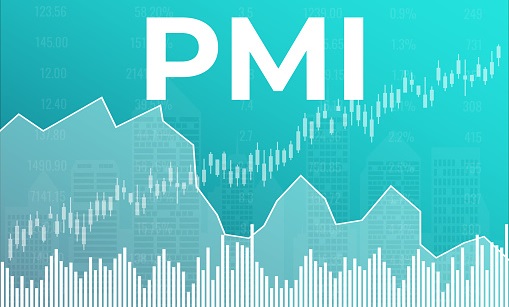The main focus during the Asian session was follow up from the decline in US equity markets during the previous session. Asian indices were all dragged lower.
In terms of market news, the au Jibun Bank Japan Manufacturing PMI declined to 49.8 in June 2023 from a final 50.6 in May, which was the highest reading in seven months, a flash reading showed.
It was the fifth contraction in factory activity so far this year, as both output and new orders shrank, with new export orders falling at the steepest pace since February.
Employment increased faster, while backlogs of work declined at a faster pace. Supplier performance improved amid the subdued demand. Though only slightly, the rate at which delivery times shortened was the quickest recorded since March 2016.
On the pricing front, input cost inflation eased to the softest pace since February 2021, while output cost inflation slowed to a 21-month low. Finally, business sentiment remained positive, despite weakening from the previous month.
Australia S&P Global PMIs for June came in mixed with upbeat Manufacturing gauge contrasting with softer Services, Composite figures.
On the back of this the AUDUSD picked up bids to refresh intraday high while consolidating the weekly loss after Aussie data. More gains could probably have been seen if the sentiment was not so bearish in general.
Australia’s S&P Global Manufacturing PMI for June rose past 48.1predicted and 48.4 previous readings to arrive at 48.6 whereas the Services counterpart crossed the analysts’ estimations of 50.1 with 50.7 but slipped below 52.1 prior.
Economic fears surrounding China, hawkish Fed signals and concerns about global recession due to higher rates weigh on the market ahead of the European session.




